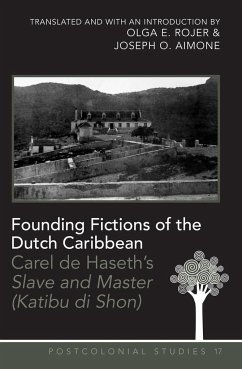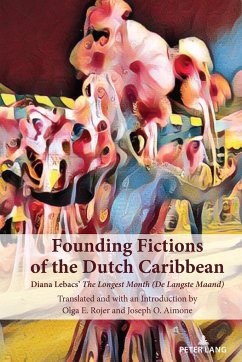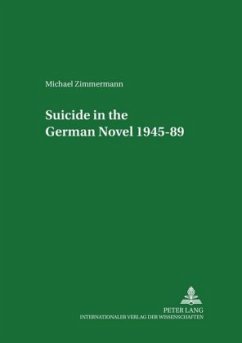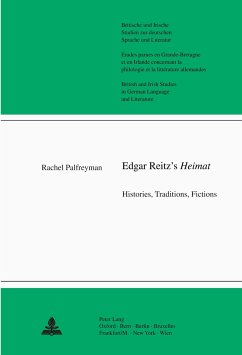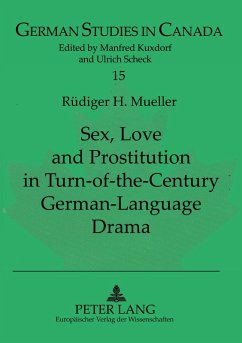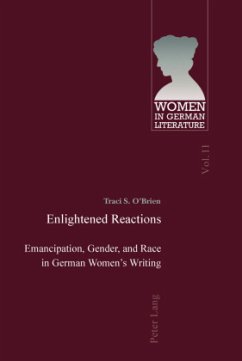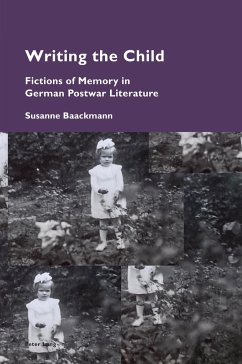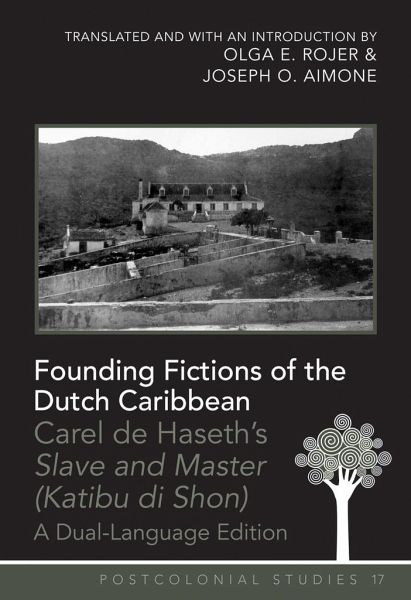
Founding Fictions of the Dutch Caribbean
Carel de Haseth's "Slave and Master (Katibu di Shon)" - A Dual-Language Edition - Translated and with an Introduction by Olga E. Rojer and Joseph O. Aimone
Versandkostenfrei!
Versandfertig in 6-10 Tagen
76,00 €
inkl. MwSt.
Weitere Ausgaben:

PAYBACK Punkte
0 °P sammeln!
Carel de Haseth's novella Slave and Master (Katibu di Shon), written in the Creole language Papiamentu, dramatizes the August 17, 1795 slave revolt on the Dutch Caribbean island of Curaçao. The story is told through an alternating series of dramatic monologues by two key characters: Luis, a slave, and a leader of the revolt; and Shon Welmu, his childhood friend and white heir to the slave plantation. The exposition begins shortly after the revolt has been crushed, as Luis awaits his brutal execution, and it ends with his preemptive suicide. The theme is the acceptance of the inevitablity of e...
Carel de Haseth's novella Slave and Master (Katibu di Shon), written in the Creole language Papiamentu, dramatizes the August 17, 1795 slave revolt on the Dutch Caribbean island of Curaçao. The story is told through an alternating series of dramatic monologues by two key characters: Luis, a slave, and a leader of the revolt; and Shon Welmu, his childhood friend and white heir to the slave plantation. The exposition begins shortly after the revolt has been crushed, as Luis awaits his brutal execution, and it ends with his preemptive suicide. The theme is the acceptance of the inevitablity of emancipation.
Founding Fictions of the Dutch Caribbean: Carel de Haseth's Slave and Master (Katibu di Shon) is suitable for courses on Caribbean literature and postcolonial literature, and will be of great interest to readers of fiction in general.
Founding Fictions of the Dutch Caribbean: Carel de Haseth's Slave and Master (Katibu di Shon) is suitable for courses on Caribbean literature and postcolonial literature, and will be of great interest to readers of fiction in general.




